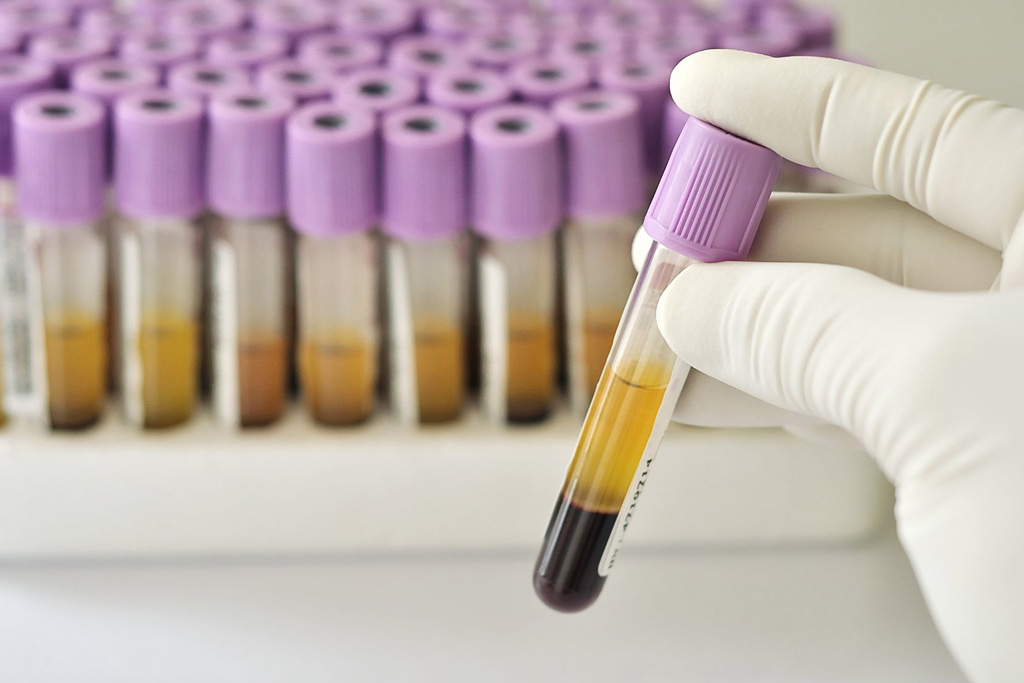Not unlike cancer, disease outcome can be dramatically improved if RA is caught and treated early.
Augurex Life Sciences Corp. reported that in Chicago at the American College of Rheumatology (ACR) Annual Scientific Meeting, world-leading arthritis researchers from Canada, the US and the Netherlands presented data on Augurex’s rheumatoid arthritis (RA) biomarker blood test.
RA is one of the most debilitative forms of arthritis that, if left untreated, results in 70% of patients developing irreversible joint damage within 2 years of symptom onset. The scientific and clinical evidence is clear that early RA treatment can significantly improve patient outcomes, which has created a movement toward identifying these patients as early as possible.
The Augurex blood test measures 14-3-3η, a protein that is elevated in the blood of patients with RA while it is relatively absent in healthy people and those with other types of arthritis and auto-immune conditions. The study compared the blood levels in 37 early RA patients (symptom duration of less than 2 months) to 50 osteoarthritis patients from the University of Toronto and VU University Medical Center in Amsterdam. In addition to these centers, participating investigators were from the Brigham and Women’s Hospital at Harvard, the University of Alberta, Academic Medical Center in Amsterdam, Leiden University, as well as from Stanford University. The data shows that when the 14-3-3η blood test is added to two other currently used tests, it identifies 72% of patients compared to 60% when the other two tests are used together. This translates into capturing an additional 2 out of every 10 early RA patients that would have otherwise fallen through the cracks and gone longer before being diagnosed, which is a very clinically meaningful benefit when you consider how debilitative the disease can be, emphasized Dr. Walter Maksymowych, Rheumatologist and Professor of Medicine at the University of Alberta and co-discoverer of the 14-3-3η protein in arthritis.
Blood test data was also presented in 267 patients where the RA patient group had more established disease. This study showed that 87% of RA patients are identified when 14-3-3η is added as a blood test versus 67% when one common marker was used alone increasing the capture rate to 3 out of 10 patients that would have otherwise been missed. While patients with early RA are critical to identify, those with later disease are also a very important group to accurately diagnose. Some RA joint pain symptoms are common to other conditions making the diagnosis a challenge for primary care physicians. This contributes to RA patients with established disease staying in the system for longer before seeing a specialist and getting onto appropriate treatments that can mitigate their disease progression. It is estimated that 20% of individuals with RA are undiagnosed which translates to 1.6 million people worldwid
Additional data was presented at ACR describing 14-3-3η’s role in the patho-physiology of RA and the rationale behind targeting this protein with monoclonal antibodies to possibly treat RA. 14-3-3η is a protein that normally exists inside of healthy cells but in RA is externalized and acts back on cells causing harmful substances to be produced which in turn cause inflammation and joint damage.
The data surrounding 14-3-3η continues to mature in multiple patient groups for several possible biomarker applications, says Dr. Mark Genovese, Professor of Medicine, Immunology and Rheumatology at Stanford University Medical School. We look forward to having the blood test available through labs in the United States so that we can start seeing how it can assist us clinically with our patients on a day-to-day basis.

